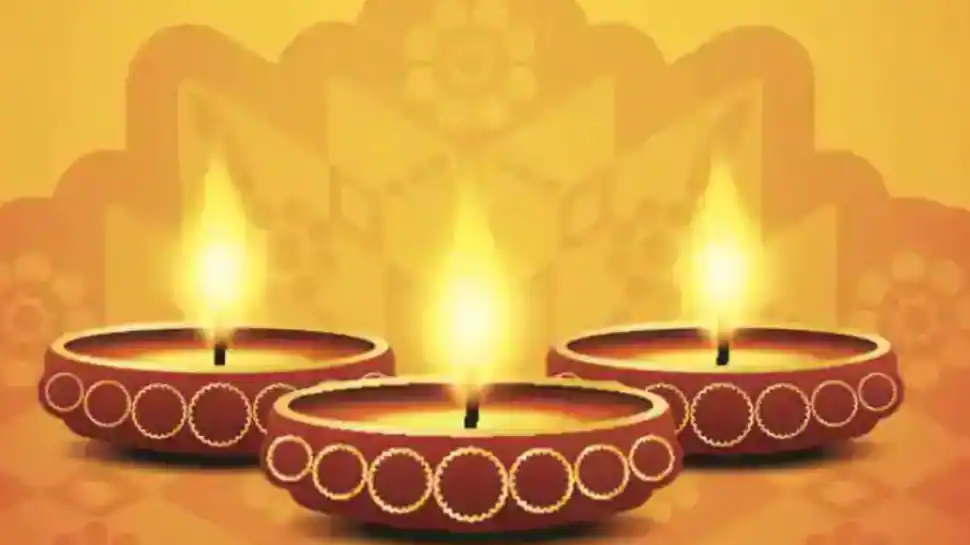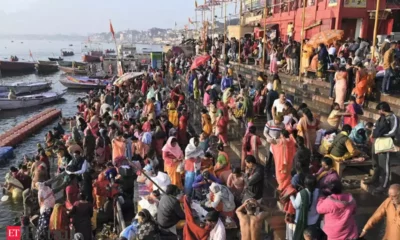News
Significance of Mahurut




By Dr. Aarushi Sadhotra
Mahurat is an auspicious time to commence or accomplish a task. Many of us follow mahurat to start constructing a house, taking admission in new school, joining day of school, college or office so that whatever we are doing brings us success, happiness and all-around prosperity. All the dates, days , time narrated in Shastra are based on some logics however we do not need to blindly follow the concept yet understand the substantial meaning of it. For example, marriages are generally performed in Shubh muhurut only, but many marriages are unsuccessful, similarly sowing seeds in an unfertile land in Shubh Muhurata will not help yield a good crop.
There is Shukal Paksha, Krishan Paksha, Dev Shayan, Uttrayan and Dakshayan. These are the different days /months of the year which are auspicious or inauspicious.
Dev Shayan, Shukal Paksha and Krishna Paksha :
Dev Shayan in a layman’s language means the time period when God Vishnu, creator of the universe goes to slumber. This is the time when lord needs to rest and is required to be kept calm, undisturbed, quiet and at peace. This period starts on the 11th day of Shukal Paksha in Ashada month. Dev Shayan usually falls between July- November in a year and also called as Chaturmas. During this period no auspicious activity is performed, be it a marriage or starting a business or construction of the house. The logic behind not performing any auspicious activity during this period has its own logic per se. These are the 4 months when Monsoon is at the peak, it’s raining every now and then without warning. Performing anything important like marriages or constructing something during this period will invite unnecessary expenditure or redoing things. As rains may delay the work, material may not be available on time, moisture and heat in the air may make working uncomfortable. The bricks kilns are also not operative during these months, and you may get raw bricks which will not make a durable building. Similarly, in case of marriage, rains may prove to be a culprit and spoils the activities of marriage. Hence major activities should be avoided during Dev Shayan period .
\Shukal Paksha and Krishan Paksha: Each one of us look for Shubh Muhurut to perform a major task in our life. Be it buying a car, constructing a new house, engaging or marrying a son/daughter and alike activities. If we talk about Hindu religion, Shukla Paksha and Krishna Paksha means a lot in context of Shubh Muhurt. The Moon revolves around the earth and completes one revolution in 29 days, 12 hours, and 44 minutes. Each Lunar month is divided into two Pakshas which is also called as fortnight. A paksha is a lunar fortnight, or a period of approximately 14 days. As most of the Hindi speaking people know, the literal meaning of the work ‘Paksha’ is side. A Paksha in the context of this article means a side of a month – either on the Shukla’s side or the Krishna’s. In Sanskrit, Shukla means bright, whereas Krishna stands for dark. so, Shukla paksha is from the new moon (Amavasya) to the full moon (Poornima). Whereas, Krishna Paksha, starts from the full moon to new moon. In short, Shukla paksha is the period of bright or waxing moon; whereas Krishna paksha is the time when moon fades. Generally, Shukla Paksha is considered auspicious and Krishna Paksha as inauspicious, obviously for the very simple reason that energy and brightness of the moon is maximum during Shukal Paksha. The most powerful rays with medicinal properties are received during this period. Probably that’s why a bowl of kheer, is kept in
direct moonlight on the night of Sharad Poornima as moons energies are maximum.
Whereas Krishna Paksha is considered inauspicious, as there is darkness all around. In olden days when electricity was not available, nothing could be done in the night. If somebody had to stretch his work till late night that was not possible in Krishna Paksha. There was fear of theft and robbery. Not just in past, even today you will witness most of the thefts happening either in dark nights or in the areas where is less light available in the night. As it brought little inconvenience to humans, Krishna paksha was considered inauspicious.
Perception of Uttarayan and Dakshayan :
Uttarayana is the period when the Sun travels from tropic of Capricorn to tropic of Cancer, i.e. from south to north. That’s why we call it Uttarayan (उत्तर + आयन]. This northward journey of the Sun from winter to summer solstice consists of three seasons: winters, springs and summers. The Uttarayana period starts on January 14 on the occasion of Makar Sankranti and ends at Karka Sankranti (July 16), which is also known by the name of Makar Sankranti. Dakshinayana is the period when Sun travels back from North to South; i.e. from tropic of Cancer to tropic of Capricorn ( दक्षिण + आयन]. We generally see rains, autumn, and winters in this period of year. It is believed that Uttarayana is the day time period for God
(देव), and Dakshinayana is the night for them. So, Uttarayan is considered as an auspicious period, while Dakshinayana is not. In logical terms we can see that Uttarayan is the time when days are usually longer, brighter and dry and allows a comfortable environment to human to perform activities where as in Dakshayana days are shorter, darker and its raining most of the time which creates inconvenience to the human and hence are considered bad. The oldest and riches most civilisation on earth have been living along the temperate zones i.e. zones of cancer and zones of Capricorn, where the evolution of human mind reached its peak at the earliest. In other regions like equator, the civilisation developed much latter. Hence a balanced time, place and temperature is of utmost importance for human to develop his mental capacity, capability and output.
(The author is the Founder of Vaastublessings)
-



 News3 weeks ago
News3 weeks agoKW Delhi 6 Mall Onboards New Brands
-



 News3 weeks ago
News3 weeks agoManasum Senior Living Launches IKIGAI GOA, A Senior Living Community in North Goa, in collaboration with Prescon Homes
-



 News2 weeks ago
News2 weeks agoGodrej Properties Sells Rs 3k cr+ Homes of Godrej Zenith, Gurugram, within 3 days
-



 News3 weeks ago
News3 weeks agoBridging India Divide: Top 5 Tier- 2 Cities to Focus On
-



 News3 weeks ago
News3 weeks agoCommercial Realty Gets Tech Savvy: Fast Construction, Enhanced Convenience
-



 News3 weeks ago
News3 weeks agoMultipoint Connection – A Definite Boon
-



 News2 weeks ago
News2 weeks agoRBI’s Status Quo on Key Policy Rates to Help Maintain the Real Estate Growth Momentum, Say Industry Stalwarts
-



 News3 weeks ago
News3 weeks agoSacred Cities See a Retail Boom as Spiritual Tourism Surge: CBRE Report



















